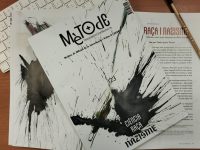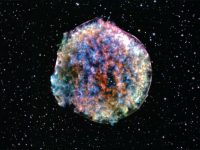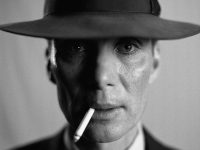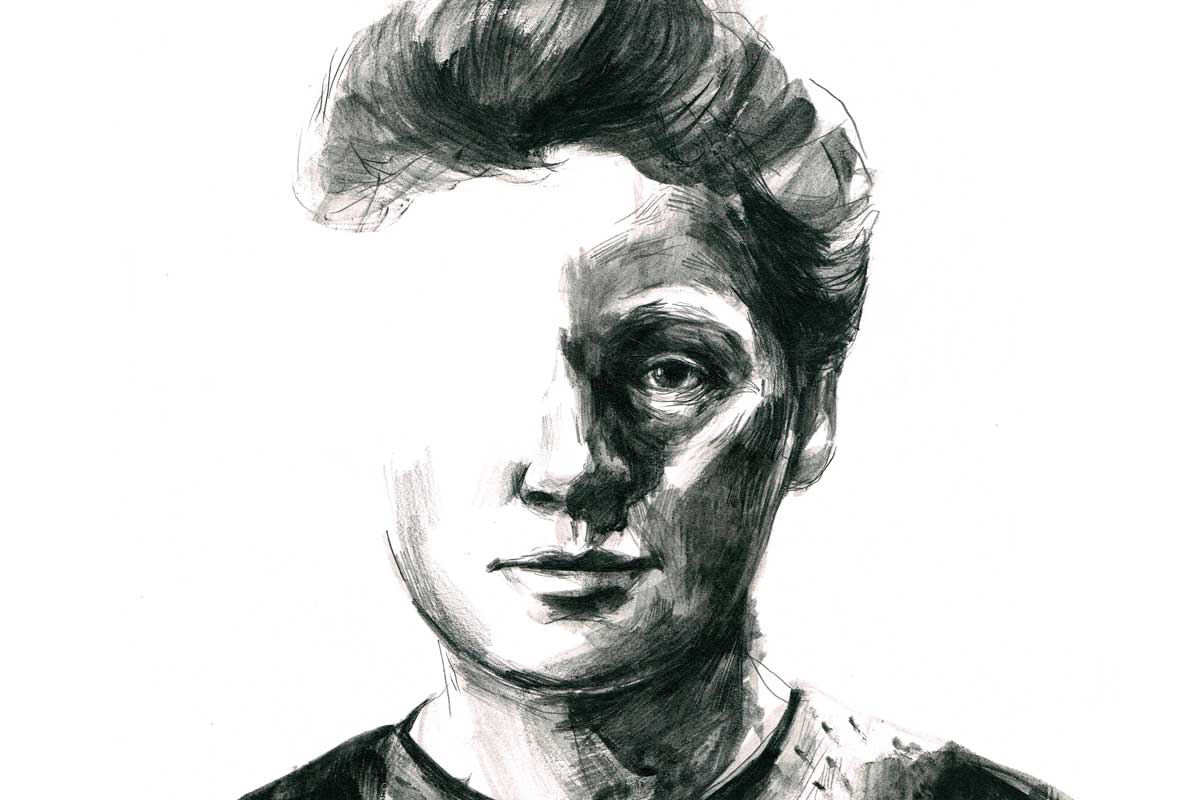
Maria Sklodowska (1887–1934), better known by her husband surname, Curie, was born in a cultured family in the Warsaw occupied by the czarist Russia. Her father was a Physics and Mathematics professor at the Lyceum; her mother, who was a teacher, a pianist and a singer, died of tuberculosis when Maria was barely eleven years old. Being a book, physics and nature lover, and since in Poland women were not allowed to study at the University, she moved to Paris, where her sister was living. She began her chemistry and physics studies at the Sorbonne, where she graduated in 1893 with the best marks of her promotion. A year later she also got a degree in mathematics and met Pierre Curie, her laboratory fellow, whom she married a few months later. Marie was the first woman who ever taught in the classrooms of the prestigious Parisian university. Her marriage lasted eleven years, until the tragic death of Pierre. It was a period of splendour for physics: Röntgen had just discovered X-rays and natural radioactivity was revealed in 1896. Marie decided to get a PhD and put all her energy in the research into this matter.
Radioactivity, fame and Nobel prizes
Thus Marie and Pierre began a long period of research into the uraninite, a mineral containing uranium with even greater rates of radioactivity. That is why they focused first on isolating other radioactive components. They discovered thorium, later polonium (1898) – which was named after their country of origin – and radium. The handling of the instruments and the materials caused them great fatigue, risks to their own physical health – still unknown at that time – burns and injuries, which would have fatal consequences. To obtain barely one gram of radium chloride, Marie had to handle eight tons of uraninite. Pierre supplied her with materials. In 1902 they published their results and obtained a spectacular success, along with the international scientific prestige and the moral recognition, since they never intended to make a profit of the foreseeable industrial applications through patents.
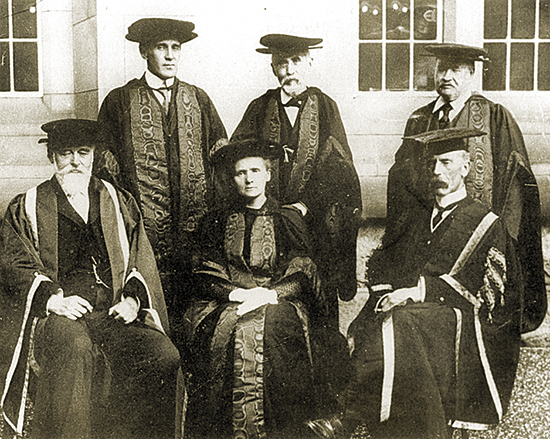
Marie Curie in 1913 at the University of Birmingham, during her honorary degree ceremony. At the time, Marie Curie was already a professor at the Sorbonne in Paris.
Thus, Henri Becquerel, Pierre and Marie Curie received the Nobel Prize in Physics in 1903 «in recognition of the extraordinary services rendered in their joint research into the radiation phenomena discovered by Henri Becquerel». She was the first woman to obtain this award. Pierre got immediately a Chair in the Sorbonne, but in April 19, 1906, he died after being hit by a carriage on the street in Paris. Marie assumed the position her husband held and which she surely deserved as much as him, so she became the first woman to hold such position after seven centuries of French university history.
«Marie Curie was the first woman who ever taught in the classrooms of the Sorbonne University in Paris and the first woman to obtain the Nobel Prize»
Focused on her research work, in 1910 she obtained a gram of pure radium and, the following year, she got the Nobel Prize in Chemistry «in recognition of her services in the advancement of chemistry thanks to the discovery of the radium and polonium elements, the isolation of radium and the study of nature and the compounds of this element». Maria Sklodowska became, once again, the first woman dedicated to science twice awarded the Nobel Prize, in different areas. Only Linus Pauling emulated her in two different areas, physics and peace. So Marie obtained the headship of the Institut of Radium of Paris, but her sentimental relationship with her disciple Paul Langevin, who was married, triggered a social scandal that entailed xenophobic and sexist connotations. It was even discussed the possibility of ejecting her from the country, which led her to a major personal crisis.
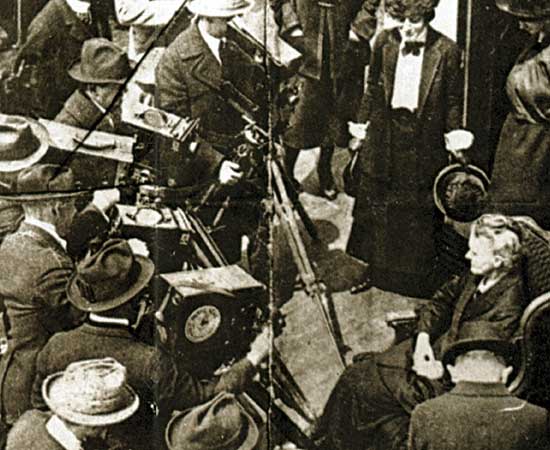
Marie Curie got great popularity, as she was the first woman to receive the Nobel Prize and one of the few who has received two Nobel Prizes in different areas.
The final days of her life
Aware of the potential use of her discoveries, Maria Sklodowska proposed the application of the mobile X-ray for the treatment of the soldiers wounded during World War I. Her daughter Irène Joliot-Curie began to help her in research when she was eighteen years old and in 1935 she was also awarded the Nobel Prize in Chemistry for the discovery of artificial radioactivity. Maria Sklodowska had just died a few months earlier, on July 4, 1934, due to leukemia, surely caused by the effects of radiation. In April 23, 1931 Marie Curie gave a lecture in the Residencia de Estudiantes (Student Residence) in Madrid, invited by the Courses and Conferences Society, a privileged space in our country for science, art and culture. She was not the only figure with historical significance that went up that stage in such a splendid stage of the Spanish scientific culture. Also Albert Einstein, Arthur Eddington or R. Maynard Keynes visited those classrooms during the Second Republic. Marie went along her daughter and talked about «radioactivity and science revolution». She presented then a perspective on her findings and the expectations they opened up. Many decades later, in 1995, her mortal remains were transferred to the Panthéon in Paris, a place that gathers the graves of the great figures in the history of France. It is the fair recognition for the life of a woman whose tenacity and intelligence broke down barriers. Maria Sklodowska is the first woman.

